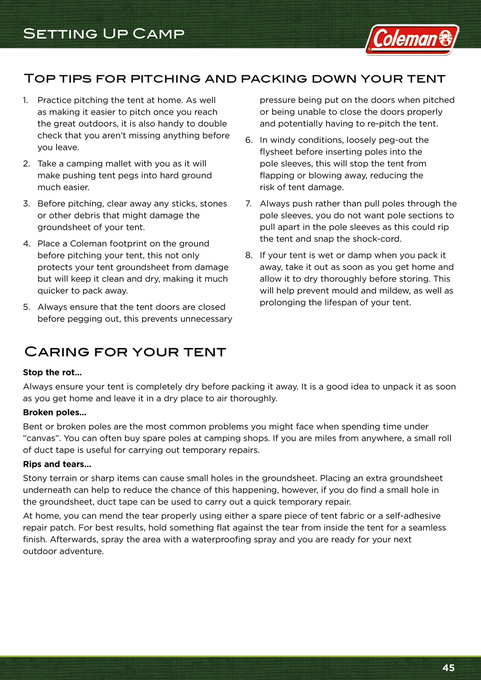- Page 1
- Page 2
- Page 3
- Page 4
- Page 5
- Page 6
- Page 7
- Page 8
- Page 9
- Page 10
- Page 11
- Page 12
- Page 13
- Page 14
- Page 15
- Page 16
- Page 17
- Page 18
- Page 19
- Page 20
- Page 21
- Page 22
- Page 23
- Page 24
- Page 25
- Page 26
- Page 27
- Page 28
- Page 29
- Page 30
- Page 31
- Page 32
- Page 33
- Page 34
- Page 35
- Page 36
- Page 37
- Page 38
- Page 39
- Page 40
- Page 41
- Page 42
- Page 43
- Page 44
- Page 45
- Page 46
- Page 47
- Page 48
- Flash version
© UniFlip.com
- Page 2
- Page 3
- Page 4
- Page 5
- Page 6
- Page 7
- Page 8
- Page 9
- Page 10
- Page 11
- Page 12
- Page 13
- Page 14
- Page 15
- Page 16
- Page 17
- Page 18
- Page 19
- Page 20
- Page 21
- Page 22
- Page 23
- Page 24
- Page 25
- Page 26
- Page 27
- Page 28
- Page 29
- Page 30
- Page 31
- Page 32
- Page 33
- Page 34
- Page 35
- Page 36
- Page 37
- Page 38
- Page 39
- Page 40
- Page 41
- Page 42
- Page 43
- Page 44
- Page 45
- Page 46
- Page 47
- Page 48
- Flash version
© UniFlip.com

Setting Up Camp
Top tips for pitching and packing down your tent
1. Practice pitching the tent at home. As well as making it easier to pitch once you reach the great outdoors, it is also handy to double check that you aren’t missing anything before you leave. pressure being put on the doors when pitched or being unable to close the doors properly and potentially having to re-pitch the tent. 6. In windy conditions, loosely peg-out the flysheet before inserting poles into the pole sleeves, this will stop the tent from flapping or blowing away, reducing the risk of tent damage. 7. Always push rather than pull poles through the pole sleeves, you do not want pole sections to pull apart in the pole sleeves as this could rip the tent and snap the shock-cord. 8. If your tent is wet or damp when you pack it away, take it out as soon as you get home and allow it to dry thoroughly before storing. This will help prevent mould and mildew, as well as prolonging the lifespan of your tent.
2. Take a camping mallet with you as it will make pushing tent pegs into hard ground much easier. 3. Before pitching, clear away any sticks, stones or other debris that might damage the groundsheet of your tent. 4. Place a Coleman footprint on the ground before pitching your tent, this not only protects your tent groundsheet from damage but will keep it clean and dry, making it much quicker to pack away. 5. Always ensure that the tent doors are closed before pegging out, this prevents unnecessary
Caring for your tent
Stop the rot… Always ensure your tent is completely dry before packing it away. It is a good idea to unpack it as soon as you get home and leave it in a dry place to air thoroughly. Broken poles… Bent or broken poles are the most common problems you might face when spending time under “canvas”. You can often buy spare poles at camping shops. If you are miles from anywhere, a small roll of duct tape is useful for carrying out temporary repairs. Rips and tears… Stony terrain or sharp items can cause small holes in the groundsheet. Placing an extra groundsheet underneath can help to reduce the chance of this happening, however, if you do find a small hole in the groundsheet, duct tape can be used to carry out a quick temporary repair. At home, you can mend the tear properly using either a spare piece of tent fabric or a self-adhesive repair patch. For best results, hold something flat against the tear from inside the tent for a seamless finish. Afterwards, spray the area with a waterproofing spray and you are ready for your next outdoor adventure.
45